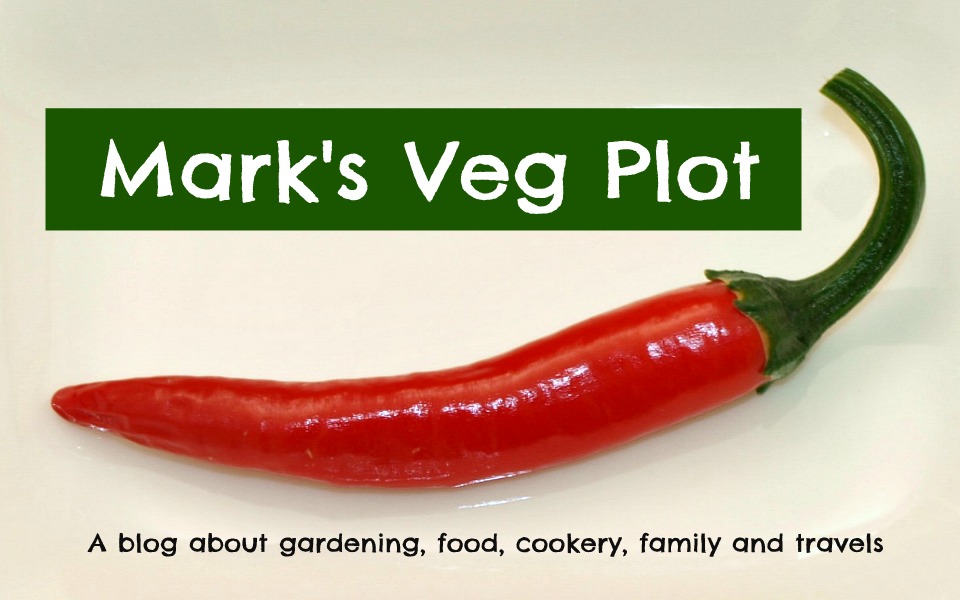Such huge numbers of worms make light work of our kitchen scraps and garden trimmings, converting them rapidly into a dark, crumbly, nutrient-rich compost. The trouble is, the presence of worms attracts predators. Almost every night something (Fox? Badger?) tries to get into the compost bins by tunnelling underneath, shovelling earth hither and thither in the process:
My little veg-patch is a battleground, with a constant war being waged between me and the animals. To be honest, I have no hatred for the animals - it's just that in such a confined space they can wreak a lot of destruction very easily, and much as I love wildlife, I love my veg even more. So the presence of hordes of worms is a mixed blessing.
Whilst putting some more material into one of the bins recently, I saw on the underside of its lid what I initially took to be huge clusters of worms' eggs:
Enquiries on Facebook and on the UK Veg Gardeners' forum identified them as "Oribatid Turtle Mites" aka "Brown Mites", beneficial creatures that play a significant part in breaking down organic matter to make compost.
Several theories have been put forward about why they are clustered on the lid of the compost bin, as opposed to being in the bin. It may be that they have only just hatched, from eggs laid on the lid, and are not yet ready to start chomping on the veg peelings. It might also be that they feel the compost to be too wet or too acidic, but my favourite theory is that they are just keeping out of the way for a bit because there are so many huge worms in the compost. When you are just a tiny mite, the sight of a huge worm is presumably quite intimidating!

You see, all is well in your compost bin being populated with such a beneficial crowd! Love the photo of mites.
ReplyDeleteThat is funny. I have worm photos from my compost bin too. But the predator that I was attracting was mice. Well the cats too because of the mice, but I'm good with the cats.
ReplyDeleteJust imagine the frustration of foxes and badgers when they can't get to the worms - who will be laughing with glee.
ReplyDeleteI'm enjoying the thought of worms laughing...
DeleteNow that has been an interesting post
ReplyDeleteYour photo of of the mites look like jewels. Those worms look very happy indeed.
ReplyDeleteYou are an impressive gardener.
ReplyDeleteI have the same problem with my compost bin being dug out from the base by animals - rats are the culprits (I've seen them at work). They can move vast quantities of compost out of the bin very quickly & in warm years will also make tunnels and nests inside the bin. I solved the problem by standing the bin on very closely spaced paving slabs - the joints between the slabs let the juices flow away, but keep animals out. (Small, strong wire mesh placed under the bin might also work, but be warned that rats can chew through almost anything.)
ReplyDeleteThis is a new lesson for me. Thanks for sharing!
ReplyDelete